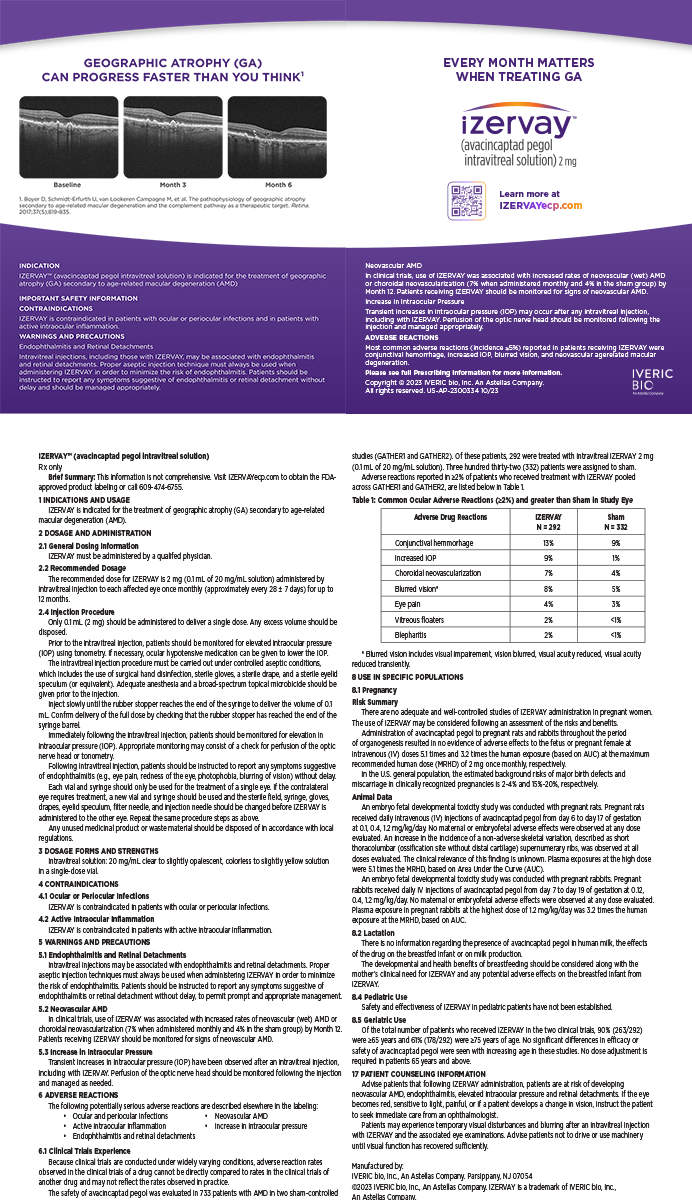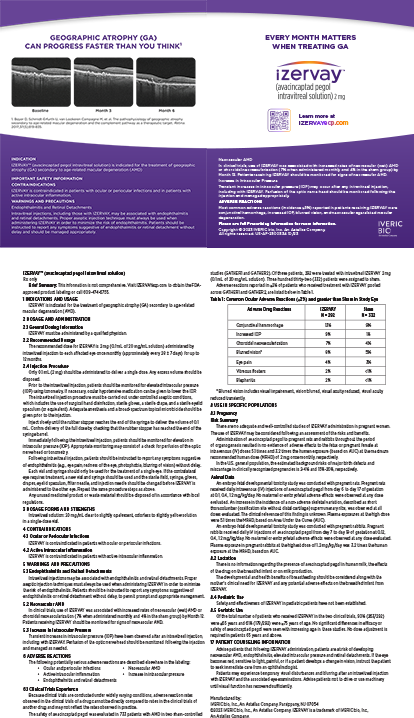I have been predicting this for years, but I can now confidently report that hipsters have embraced the monocle. Not commonly seen since the television show “Hogan's Heroes” went off the air in 1971, the monocle is back. Nearsights, an online retailer, reported that its sales of monocles tripled in 2013.1 That does not mean they sold one monocle in 2012 and three in 2013. According to my math, this vendor alone sold more than 1,300 monocles last year. Another online spectacle retailer, Warby Parker, sells a monocle they describe as “the perfect accessory for budding robber barons, post-colonial tyrants and super villains.” What about those of us who fall into all three categories?
Monocles are the perfect treatment for presbyopia! They provide superb near acuity while preserving distance acuity and contrast sensitivity. Moreover, this modality is fully reversible, adjustable, and affordable. Monocles even come with a lanyard, which dramatically reduces the chance of losing them. Maybe Cataract & Refractive Surgery Today should feature a cover series on monocle-based treatments of refractive error. Perhaps not.
Although I hope that the newfound popularity of monovision's original incarnation is as fleeting as that of waxed handlebar mustaches, huge mountain man beards, and ironic trucker caps, there is no doubt that a sea change in the status of spectacles has occurred in the young and young at heart. Laser vision correction volumes in the United States are down significantly from their peak level of several years ago. Market Scope estimates that, for 2013, refractive surgery volume fell 6.6% from the already weak 2012 levels. Estimates vary, but LASIK volumes are now a fraction of the 1.2 million cases performed annually at the procedure's pinnacle. Among many possible explanations for this decline is the nationwide economic downturn. Alternatively, people have faulted late fallout from some poor outcomes during the early days of LASIK technology. Others point to improvements in contact lens technology and treatments for ocular allergies. Part of the decline, at least, probably relates to demographic trends. Baby boomers have exited the LASIK age group and entered the presbyopic age group. The peak age of the Millennials is currently about 23 years, and these individuals are generally just becoming able to afford refractive surgery. In light of fashion trends, how many of them will want to eliminate their need for glasses?
Even at the height of its popularity, laser refractive surgery achieved only a tiny sliver of the overall vision correction market share. For that reason, economic forces, demographics, and fashion trends have a profound impact on the field. All we refractive surgeons can do is continue to refine the technology we offer so that, when the economy improves and glasses with thick black frames are outré again, we are ready with an alternative. It will not be the monocle.
Steven J. Dell, MD
Chief Medical Editor
- Salkin A. One part Mr. Peanut, one part hipster chic. The New York Times. March 5, 2014. http://www.nytimes.com/2014/03/06/fashion/the-monocle-returns-as-a-fashion-accessory.html Accessed September 23, 2014.


